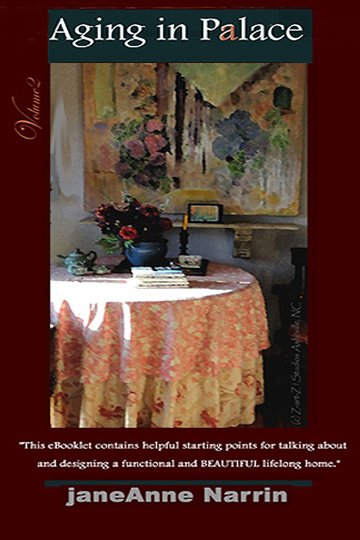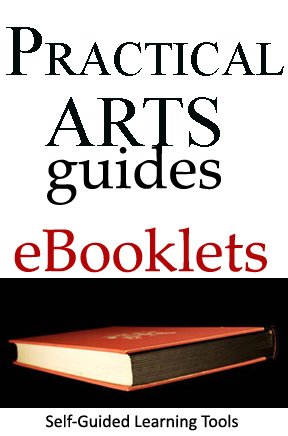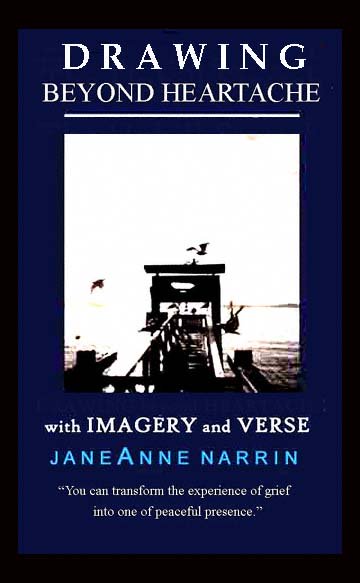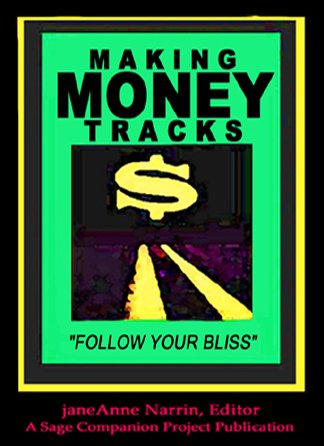Planned Independence
OVER THE NEXT HILL
in 3 Savvy Phases

planned independence
Spearheading a trend,Post 50 People are looking forward to lifelong homes - over the NEXT hill
Spearheading a trend, Post 50 People are up-fitting dwelling places to accommodate aging-in-place - or as the National Association of Home Builders defines it - “remaining in one’s home safely, independently, and comfortably, regardless of age, income or ability level.”
Are you engaged in forward planning -looking down the road at happy living circumstances and enjoying a creative slant? How do "boomers" envision and plan how and where to live -- today and into the future? And how might one accomplish "scaling the Next Hill" in a quest for lifelong homes?
Toward Lifelong Homes
...where a horseshoe is over the door ... and it is facing the sky... .
|
THE SAGE COMPANION PROJECT |
Planned Independence AGING-IN-PALACE This eBooklet cotains You can open the way to inspire families and friends across the generations to simply go ahead with planning. We desire to help those in deep maturity to live
full lives in the home of their choice - one that is thoughtfully
designed not only for
functionality, but for comfort and beauty. more about |
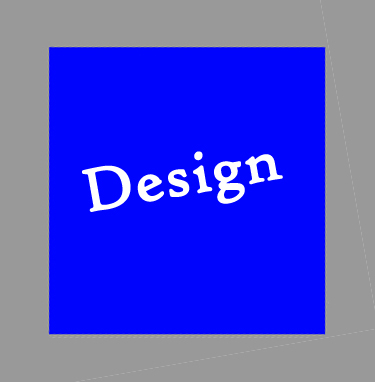 |
planned independence
Do you have family or friends who might be more comfortable visiting you if your home were more accessible? |
Stakeholders with over the next hill planning in mind include looking at any number of possibilities such as answers possibly found in a step-by-step approach.
The timing couldn't be better as state-of-the-art people interested in all-inclusive design - many of whom are women exerting economic power- have tremendous consumer buying power and can influence the direction of a now age-friendlier market. When it comes to influencing where and how to live age-friendly homes are on the horizon and change can be seen happening in three (3) phases.
control your own destiny- in three (3) phases
PHASE ONE :: ENVISION
It is a personal and a family decision- to plan for independence. Often enough, we avoid talking about growing older. We miss opportunities to take advantage of forward planning that can lead to a comfortable home with age-friendly universal design elements. Easy-living homes can work regardless of age.
Create a Plan for Living Independently into Deep Maturity
To create a plan for decades to come, it is important to have good information available. This energizes Sage Companion researchers. We are always on the lookout to find remarkable products and home automation technologies that can feather a nest and support age-friendly lifestyle choices and news you can use.
Can you ENVISION living in a pocket neighborhood, for example? There you may find the homes designed by Ross Chapin, Architect . There too, you may envision creating a "micro home" like a Tumbleweed Cottage (see just below) that opens the way to sustainable excellence for people living in small spaces.
Planned Independence
|
ENVISION  |
thoughtfully designed not only for
functionality and beauty |
- Planned Independence -
Envision Independence into Deep Maturity
Are you envisioning making wise choices that lead to living comfortably and independently well into your elderhood? You are not alone. Recent research indicates that older adults- due to the sheer size of this population- will (and already do) have an enormous influence on home design. With stakeholders' choices that incorporate functional yet beautiful accommodations universal design may well become the norm.
Envisioning an important change in perspectives - now and into the future.
For millions of consumers who desire a comfortable retirement, that is an all-important question. The answer may be close at hand. But is there a stumbling block? In a poll taken by researchers at The Sage Companion, many readers expressed concern that accessible homes were “ugly” and hence not desirable.The idea that age-friendly homes are unattractive is a misconception. The term, “aging-in-place” may (unintentionally) carry a negative connotation.
As an alternative, simply envision living comfortably in a “feathered nest” in a home that can work over a lifespan - this could be more like Aging-in-P a L A C E (a term we use to describe wonderful dwelling places- Post 50.)
|
|
A lifelong home does not need to be huge to meet your specifications. In fact, boomer consumer influence -and tremendous buying power today- points to alternative solutions. Here (above) is an example of an affordable solution for those who are "downsizing" or creating a private space near family members. Planned Independence |
PHASE TWO :: CREATE
create a cost analysis
 |
CREATE A COST ANALYSIS with a new vision of aging in mind. This perspective includes lovely alternative living arrangements and lifestyle conveniences. Look for an over-arching a sense of beauty and well-being. |
|
QUESTIONS What is the first improvement you would choose to make to your home? What do you expect the dollar cost for that first upgrade might be? |
COMMENTS The first home improvement we would choose to make is: ____________________ The amount we would budget for the First Upgrade is: ___________ |
Planning for independence requires not only research, but being smart about priorities for age-friendly products and choices- and this means creating a spending plan based on needs and priorities. (see "cost analysis" link )-- and here (below) ARE TALKING POINTS FOR BEGINNING CONVERSATIONS WITH FAMILY AND FRIENDS.
Planned Independence
PHASE THREE :: MAKE IT HAPPEN!
Spearheading a trend, Post 50 People are re-defining aging-and are opting to “remain in one’s home safely, independently, and comfortably, regardless of age, income or ability level." You don't have to be old to live in a wonderful barrier-free and accessible home. But, with luck, you will be old someday. Getting ready for this simply makes sense. Plan for a lifelong home and then make it become a reality! How can we create sustainable excellence -- today and into the future? How do you envision your post-50 years?
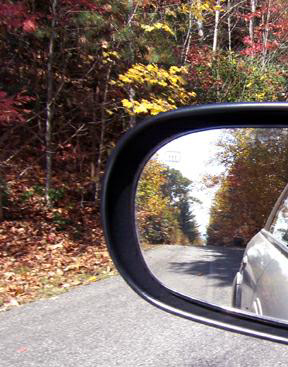 |
planned independence SURPRISING FINDINGS can take you down any number of “roads” where, it turns out, wisdom is to be
gained (photo)… |
TRUE?
OR FALSE ?
(answers are below )
“Senior
Citizens” in the USA have hardly
any discretionary income.
Workers over 50 are slower and way less
productive.
Let's face it "THEY" just like to shop
and eat.
People who are over 50 are
slow-pokes in making buying decisions and stuck in their (our) ways - therefore are not open
to change
or new ideas.
If you’re “getting up there”
you
will generally suffer from a loss of mental edge.
|
CORRECT ANSWERS |
planned independence ACCORDING TO CURRENT RESEARCH, 1.
“Senior
Citizens” in the USA have hardly
any discretionary income. 2. Workers over 50 are slower and way less
productive. 3.
Let's face it "THEY" just like to shop
and eat. 4.
People who are over 50 are
slow-pokes when it comes to making buying decisions because they (we)
simply are stuck in their (our) ways and therefore are not open to change
or new ideas.
5.
If you’re “getting up there” you
will generally suffer from a loss of mental edge.
|
THANK YOU FOR SHARING ON BEING SAGE
follow on Twitter | friend on Facebook |follow on Pinterest |forward to a friend
Collect Sage Companion Practical Arts eBooklets on Kindle
SITE SEARCH
HOME ABOUT US DISCLOSURE SPONSORS DONATE SITEMAP
Disclaimer: The nutritional and health information provided on this site is for informational and educational purposes only. It is not intended to be used as a substitute for professional advice of any kind. This information is not intended to diagnose, treat, prevent or cure any illness. Your use of this website indicates your understanding and agreement with these terms.
R E T U R N T O T H E F R O N T P A G E
aging-in-place, age in place
